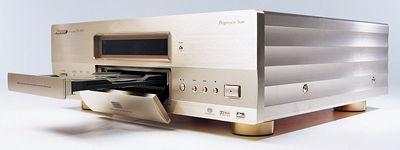LATEST ADDITIONS
|
Oct 29, 2000
|
Oct 28, 2000 |
First Published: Oct 29, 2000
|
Oct 28, 2000 |
First Published: Oct 29, 2000
|
Oct 28, 2000 |
First Published: Oct 29, 2000
|
Oct 28, 2000 |
First Published: Oct 29, 2000
|
Oct 27, 2000 |
First Published: Oct 28, 2000
|
Oct 24, 2000











